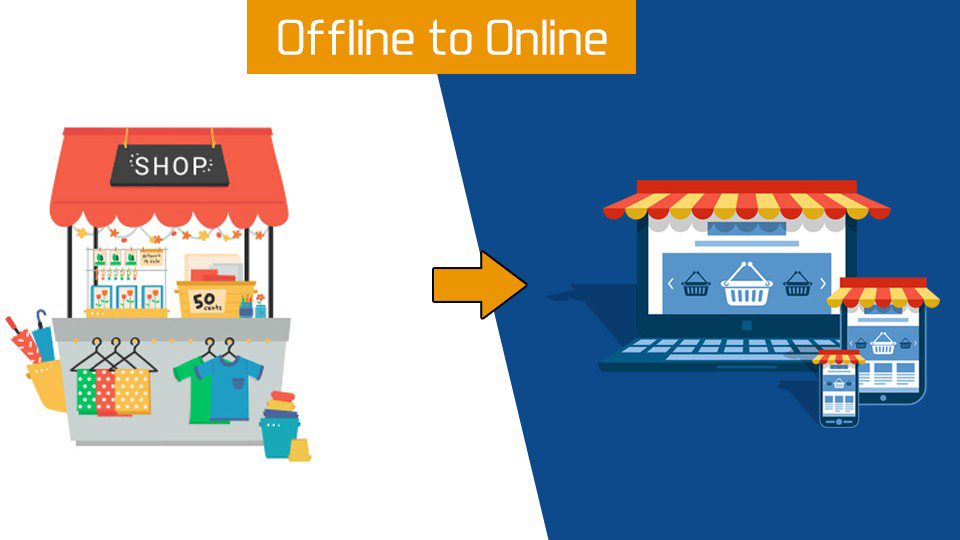- Have you any Question?
- +91-9460323232
- +91-9853232327
- info@udaipurwebdesigner.in

Best Android Game Development Company in Udaipur
May 27, 2017
Why Node.js is good for your startup in Udaipur Rajasthan India?
June 3, 2017As a hospitality service provider, your requirement from your website is multitude. You have to create a great online impression, you need to sell more rooms online and most importantly, you need to rank better than your competition in search engines! At Udaipur Web Designer, we understand this perfectly. Our 360 degree digital service for travel, tourism and hospitality services are focused towards building a powerful online presence for your business that result in tremendous online sales.
We are hospitality industry specialists who can help to promote your property using social media, online marketing, web design, email campaigns & SEO. Udaipur Web Designer help business owners to maximize the revenues of their hotel, spa, restaurant, travel agency through internet marketing.
Our expertise as Hotel Internet Marketing Company
- Travel & Hotel Website Makeover
- Travel & Hotel Search Engine Marketing
- Travel & Hotel Pay Per Click (PPC)
- Travel & Hotel Search Engine Optimisation (SEO)
- Travel & Hotel Social Media Marketing (SMM / SMO)
- Travel & Hotel Loyalty Club Membership Theme Design
Why Hotel industry needs website designing Company?
With the digitization, it has become very important for all the industries to make their online presence more effectively. As everyone is more active and reliable on the internet. When it comes to the Hotel industry it is more important because the competition is very high in this sector and having good online presence means more customers. People these days go for online booking and visit the website of the hotel to know about their services and rooms. Therefore it becomes important for the owner to make their online visit wonderful and this is possible by having a good website which is designed wonderfully to help the visitors.
Following are also the reasons for having your website:
- It allows guests to book you online by seeing the images of your hotel and rooms.
- Websites are having navigation which is again very helpful for the user to use.
- Helps in getting more guests.
- Hotel websites are also very helpful in increasing local sale
- Your own website will accelerate content marketing, promoting your hotel online and allowing visitors to see the images of your hotel and know about your services.
Website Creation for Hotels
The website designing for the hotel should keep these things in mind which could help in getting the best website. These are few things which should be kept in mind while designing the website for hotels.
- RESPONSIVE TECHNOLOGY
- USER-FRIENDLY DESIGNS
- EASY TO USE DESIGNS.
- EYE CATCHY BANNERS DESIGNS.
- EASY TO ACCESS NAVIGATION.
- DETAIL PAGES DESIGNING where the user can convert easily.
What are the key elements of good Hotels website designing?
Top Seven Design Principles
1. Relevancy & Content
2. Menu & Navigation
3. Branding & Design
4. Layout
5. Use of Images
6. Languages
7. Distractions
1. Relevancy & Content
The first step when you’re thinking about your website is to consider who your audience is and what they want to know. What type of visitor are you trying to attract? Families, business travelers, honeymooners, backpackers, ecotourists and other types of visitors all will be interested in different information. If you don’t have a website yet, try making a long list of information that you want to be sure to include and then start categorizing it while you are setting up your navigation.
2. Menu & Navigation
In the initial design or redesign phases, try to organised all of your content into categories. These will become navigation menu items, so it is a good idea to limit yourself to a maximum of seven top categories. This will make it easy for users to navigate your site quickly, without getting overwhelmed by too many options.
A typical hotel website might have categories like Home, Room & Rates, Gallery, Things to Do, Location, Contact Us etc. You can also use a category label like More, and then provide a drop-down menu if needed to add subcategories like Feedback, Conference Facilities, Restaurants etc.
Also try to provide users with a sense of direction on your site. You can use breadcrumb trails to help them know where they are, where they have been and where they can go next.
3. Branding & Design
The look and feel of your website is very important, as that is often a potential visitor’s first impression of your accommodation. Your website colors should match your hotel’s brand, and they should be an appropriate match to your property. When considering the look and feel of your website, try to standardize your hotel’s current logo, color scheme and other themes (beach, jungle, city, etc.). Try to use the same color palette throughout the website. Use a few neutral/subdued colors and then one brighter ‘accent color’ to add visual interest to the site and highlight important details for your viewers.
Pick a good font that is easy to read and in a color that can be seen against the background. It is a good idea to limit your font choices to one for the main body text, and possibly a second for headers and other decorative text. For body text that will be displayed on a screen, a sans-serif font (such as Arial, Verdana or Tahoma) is generally preferred over a serif font (such as Times New Roman) or funky font (like Comic Sans). Save those fonts for headers or other accent text.
4. Layout
It is important to make it easy for your viewers to find the information they need on every page of your site. Your navigation menu should be on every page in one consistent location (usually on the top or left of the page). Your website should be less than 860 pixels wide, so it will fit on all monitors. Sometimes, to maximize space, it is helpful to divide your pages into columns. Try to minimize scrolling on your pages too. If you have too much content, build another page and split it up. One easy acronym to keep in mind when designing your page layout is CRAP:
- C – Contrast. It should be easy to see your text against the background, and there should be an accent color to add visual interest and catch visitors’ attention. (See more at Branding & Design.
- R – Repetition. Your navigation menu should be repeated on every page, so visitors know how to get around your site. Important information such as copyright and contact information should be repeated in the footer of every page. You can also repeat important information or hyperlinks to other pages within your site, as this helps your SEO.
- A – Alignment. It looks better if images and text are aligned on your site in a type of grid. Columns might help you do this, but if you use columns, try to be sure that the bottoms of each one align to give the page an organised feel.
- P – Proximity. Keep similar information together. This is something to consider when organizing your content into categories for your navigation, or if you’re using columns for a page. All of your gallery photos should be next to each other, contact information (address, phone, email) should all be together etc.
The black text is a nice contrast on the white background, the services are listed together, text links to other relevant pages in the site and photos are aligned next to each other in a nice gallery grid. The navigation menu and footer (not seen in the screenshot) are also consistent on every page.
5. Use of Images
Visitors want to see photos of where they will be staying! It helps them visualise their trips. Images that will be posted online should be resized to 72 dpi and the actual size they’ll display. A little cropping, as well as minor edits to contrast and colour in Photoshop or another image editing program, can add extra spark and professionalism. Virtual tours are a great way to show visitors around your accommodation as well. Use video more sparingly, since it takes longer to load, although you can host videos on YouTube and embed them in your site.
Caution: background images should be used carefully to ensure they don’t detract from the main content of the page. It is generally recommended instead to use a simple background color as with this site.
6. Languages
Since visitors to your website will often be travelling from another country and may not speak your native language fluently, it is a good idea to offer a translation service on your website. The easiest and most recommended option is to utilize Google Translate. To do this, visit translate.google.com/manager/ and click the blue Add to your Website Now button. Google Translate will walk you through the rest of the process, ending with a short piece of code that your webmaster or Hotel Link Solutions can help you paste into your website. It’s fast, easy and free!
7. Distractions
While it might be tempting to add neon colours, music, animations, flashing text and other distractions to your website, it is not recommended. Visitors on slow internet connections may experience longer load times if you include unnecessary bells and whistles. Music can be annoying, especially if visitors can’t turn it off.
As pretty as they sometimes are, Flash introductions cause slow loading times, can be frustrating if visitors can’t easily skip them (why do you want to spend time and money on something people will just skip?) and they won’t load on iPhones or iPads, which are increasingly important as mobile bookings are on the rise. More importantly, the flashing and brightness of all of these extraneous features can detract from your content, which is the most important part of your site.
Udaipur Web Designer is offering best wordpress website design & Development Services in Udaipur. We have dedicated team for Dynamic Web Design with digital marketing services in udaipur. If you want to kn ow about Gzip Compression and many more wordpress at our Blog.




